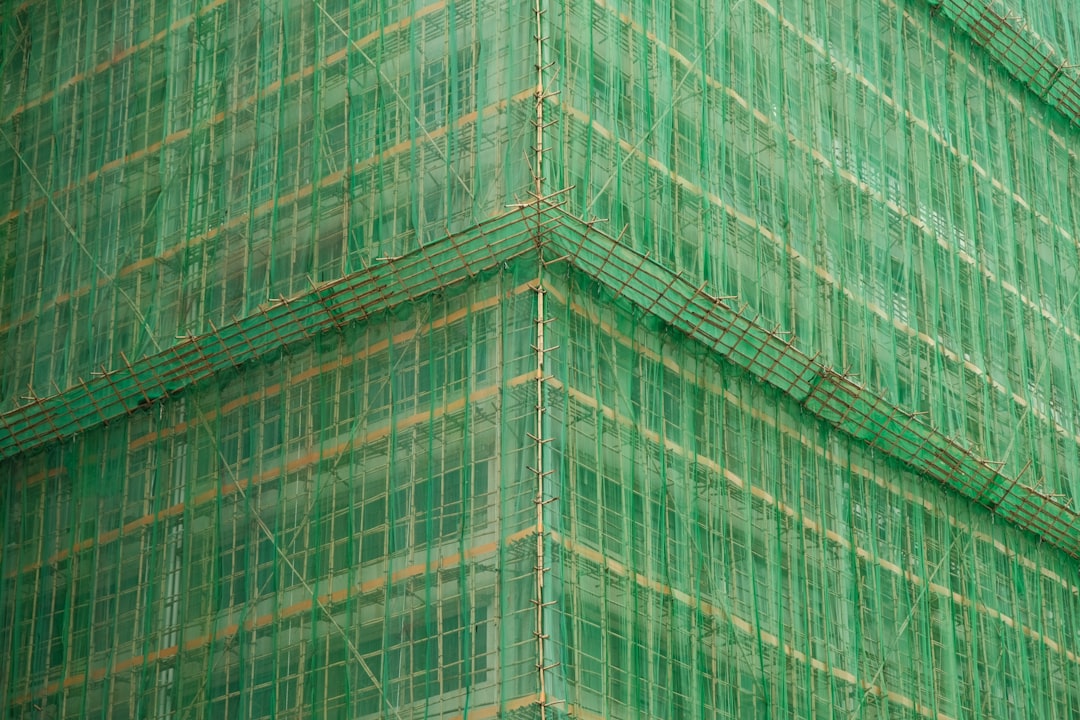
Tile installation costs in Augusta, ME typically range from $650 to $1200 per opening, depending on the complexity of the project and materials used. Accurate cost estimation is crucial for construction professionals to ensure projects stay within budget and on schedule.
From historic downtown homes to new lakeside builds, Augusta, ME offers diverse residential styles that all share one thing—every square foot counts. Tile is often the focal point of kitchens, baths, and entryways, so accuracy during estimating and installation directly impacts schedule, budget, and resale value. CountBricks blends real-time voice capture, AI estimate generation, and blueprint takeoffs to remove the guesswork that traditionally slows Augusta tile work.
Homeowners and builders searching "augusta tile" typically want three things:
CountBricks meets all three expectations by tapping into live supply-house feeds and a vetted installer network across Kennebec County. The result is an estimate that mirrors what you’ll actually spend—not a generic national average.
1. Voice Walk-Through: Using the CountBricks mobile app, you walk the space and describe your vision—"12x24 porcelain, herringbone pattern, heated floor."
2. Instant Material Matching: Our AI pairs your description with the closest SKU in local inventories, then adjusts for waste and cuts.
3. Labor Calibration: We layer in Augusta-specific prevailing wages and productivity rates gathered from recent CountBricks projects.
4. Same-Day Quote: Within minutes you receive a PDF and Web-based estimate ready to share, edit, or convert into an invoice.
The owners of a 1980s ranch on West River Road wanted a modern farmhouse kitchen with matte-finish Augusta tile flooring. Using CountBricks.com, they:
CountBricks AI returned a line-item estimate in 7 minutes totaling $5,940, broken down as 45% material, 40% labor, and 15% sundries. The job finished on schedule, and the owners now showcase the floor on CountBricks.com.
1. Measure and Verify: CountBricks digital takeoff ensures exact tile and thinset quantities.
2. Surface Prep: Inspect joists, install backer board, and apply waterproof membrane where required.
3. Dry Layout: Dry-fit to confirm pattern alignment with focal points and doorway reveals.
4. Setting and Spacing: Use leveling clips to combat lippage, especially on plank and large-format tiles.
5. Grouting and Sealing: Select stain-resistant grout for Maine’s mud-season footwear and seal porous materials within 72 hours.
Unlike spreadsheet estimates that quickly fall out of date, CountBricks AI updates tile pricing daily. Our local installer marketplace lets you lock in a vetted crew directly from the platform. Whether you’re refreshing a downtown condo bathroom or building a riverfront custom home, CountBricks delivers data-driven clarity, transparent pricing, and craftsmanship you can stand on—literally.
Visit CountBricks.com to upload your plans and receive a free "augusta tile" benchmark estimate within minutes.

Securing a precise number is only half the battle. CountBricks follows through with field-tested quality checks that keep Augusta tile installations on track.
Maine’s freeze-thaw cycles can wreak havoc on mortar. CountBricks integrates NOAA data, alerting crews to postpone setting when temps dip below manufacturer specs. That proactive pause can save thousands in cracked tiles and callbacks.
Sudden inspiration strikes—maybe you want a mosaic accent behind the range. Submit the change via your CountBricks dashboard and receive an adjusted price within the hour, complete with updated material counts pulled from local distributors.
Once the last grout joint cures, CountBricks compiles a final cost-vs-estimate report. Homeowners gain insight into material efficiency, time allocation, and any weather delays absorbed by the schedule. Builders can export this data to refine bids on future projects.
A 1925 bungalow near Capitol Park needed a period-correct hex mosaic floor. By leveraging CountBricks:
If you’re planning an Augusta tile upgrade, combine CountBricks’ instant estimates with our on-site QA program for a truly end-to-end solution. Visit CountBricks.com to book your free strategy call today.